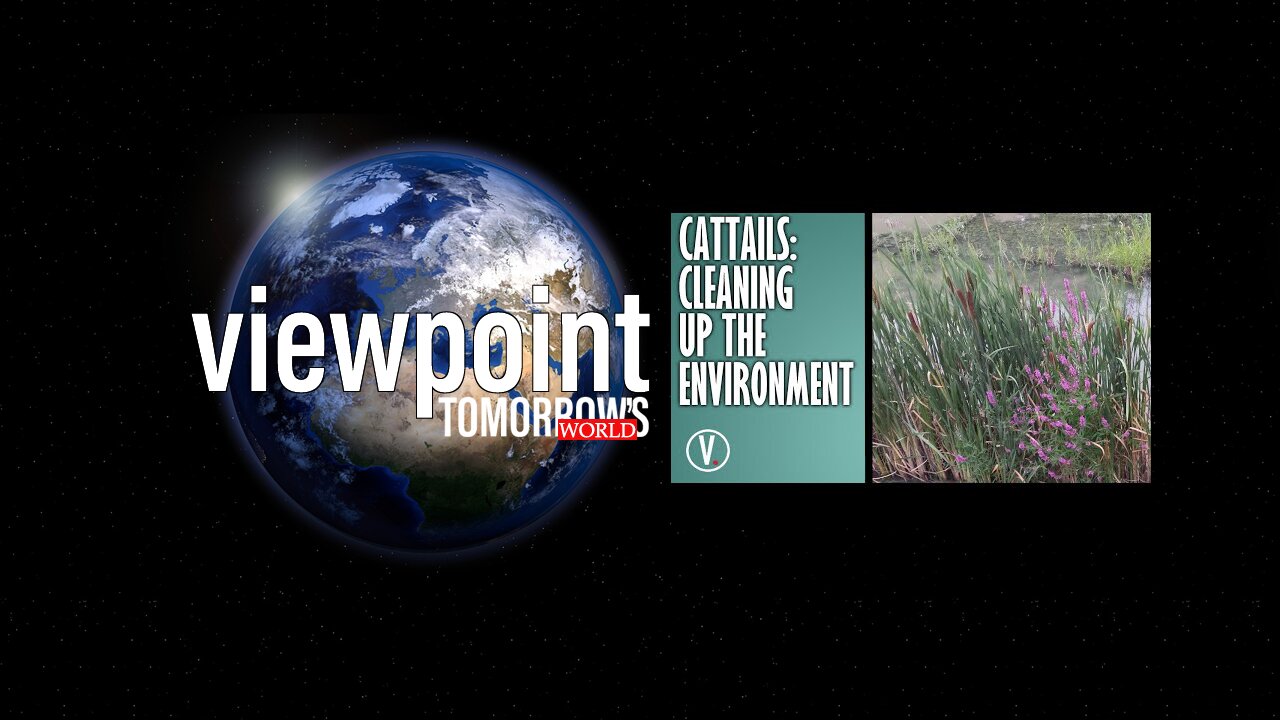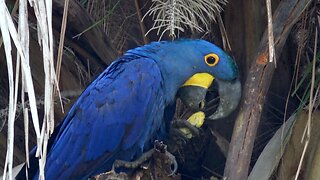Premium Only Content

Cattails: Cleaning Up The Environment
All communities are faced with the constant challenge of safely disposing of sewage. Sewage treatment that will render effluent harmless to the environment is actually very expensive. In many places, the cost is such that effluent is simply dumped in rivers, lakes or seas. One only needs to think back to the Rio Olympics in Brazil to illustrate the devastating effect of such practices.
The town of Humboldt, Saskatchewan needed a new treatment plant that it could not afford. A researcher, Dr. G. Lakshman, was given permission to develop two very small and very shallow lagoons outside of the community. In its carefully designed 8-inch deep trenches, workers planted thousands of cattails or bulrushes. Lakshman believed that marsh plants in general, and cattails in particular, had insatiable appetites for sewage, and were perhaps the root of the solution for waste treatment in such areas. He reasoned such plants normally exist at the bottom of drainage basins and are at the receiving end of all the material that eventually gets washed into low areas by rain and gravity.
Additional Resources:
Tomorrow’s World Magazine—Humboldt’s Humble Swamp: https://www.tomorrowsworld.org/magazines/2015/may-june/humboldts-humble-swamp
-
 3:16
3:16
Tomorrow's World Viewpoint - Rumble
17 days agoThe Earth ISN’T 6,000 Years Old... (according to the Bible)... Most Miss This One Detail!
27 -
 LIVE
LIVE
FyrBorne
8 hours ago🔴Warzone M&K Sniping: On the Hunt For The Next Fun Builds
16 watching -
 7:11
7:11
MudandMunitions
11 hours agoNY Legal, Still LETHAL! Colt M4 + Griffin Armament GPS3X Prism Sight! NIGHT SHOOT
2.55K3 -
 2:11
2:11
WildCreatures
2 days ago $0.32 earnedBrilliant Blue Hyacinth Macaw Eats Nuts With Impressive Dexterity
4.52K4 -
 29:45
29:45
DeVory Darkins
14 hours ago $4.35 earnedDemocrat Governor suffers EMBARRASSING LOSS to Trump as ICE takes Garcia into custody
8.99K53 -
 24:50
24:50
Bitcoin.com
14 hours agoEthereum hit an ATH this weekend | The Weekly Recap for Aug 25
265 -
 56:27
56:27
Actual Justice Warrior
14 hours agoAnti-White Celebrity DESTROYED On Jubilee
10.5K9 -
 19:44
19:44
itsSeanDaniel
1 day agoLiberal Karen INSTANTLY REGRETS Interrupting Putin's Right Hand Man
5.63K9 -
 1:20:38
1:20:38
BlaireWhite
2 days agoThe Dark Truth About UFOs: Why The Government Is Lying
14.8K11 -
 2:10:32
2:10:32
Side Scrollers Podcast
20 hours agoStreamer Nearly Beats A Man to Death on Stream + Twitch Viewership PLUMMETS + More | Side Scrollers
14.5K7